Chenpi Pueraria Bone Soup, a cherished dish in Chinese cuisine, blends earthy flavors with medicinal herbs to create a comforting and health-boosting meal. This soup, often simmered for hours to perfection, is a staple in many households, especially during colder months or when seeking a gentle remedy for digestive discomfort. Rooted in traditional Chinese medicine (TCM), this recipe combines the aromatic bitterness of dried tangerine peel (chenpi), the starchy sweetness of pueraria root (fenge), and the richness of bone broth to form a harmonious balance of taste and wellness. Below is a detailed guide to preparing this timeless soup at home, complete with tips for selecting ingredients and maximizing its therapeutic benefits.
Ingredients: The Foundation of Flavor and Health
Creating a flavorful Chenpi Pueraria Bone Soup begins with sourcing high-quality ingredients. Each component plays a distinct role in both taste and nutrition:
-
Bones (1.5–2 pounds):
- Pork bones (spare ribs, neck bones, or shank bones) are traditionally used for their marrow-rich collagen, which thickens the broth and supports joint health.
- Chicken bones (carcasses or wings) offer a lighter alternative, yielding a clearer, more delicate broth.
- Pro tip: Opt for grass-fed or organic bones to minimize exposure to hormones and antibiotics.
-
Dried Tangerine Peel (Chenpi, 2–3 pieces):
- Aged for at least three years, chenpi imparts a citrusy, slightly bitter note that aids digestion and reduces bloating.
- Pro tip: Rinse chenpi under warm water to remove dust before use. For a milder flavor, scrape off the inner white pith.
-
Pueraria Root (Fenge, 8–10 ounces):
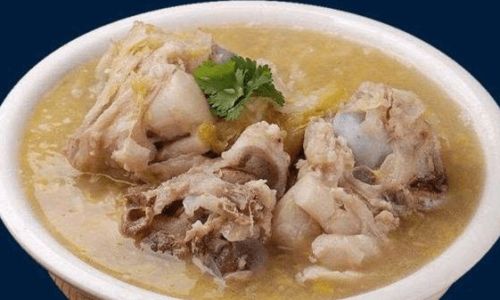
- Also known as kudzu root, this starchy tuber has a mild, sweet taste and cooling properties in TCM. It helps alleviate thirst, fever, and stiffness.
- Pro tip: Peel the root’s brown skin and cut it into thick slices to prevent disintegration during cooking.
-
Aromatics and Vegetables:
- Ginger (3 slices): Warms the stomach and neutralizes the bones’ gamey taste.
- Green onions (2 stalks, tied in a knot): Adds subtle oniony sweetness.
- Carrots (2 medium, chopped): Contributes natural sweetness and beta-carotene.
- Corn (1 cob, cut into segments): Enhances the broth’s sweetness and fiber content.
-
Seasonings:
- Salt (to taste): Adjust after cooking to avoid over-salting.
- White pepper (optional): A pinch adds mild heat and depth.
-
Water (8–10 cups):
Use filtered water to ensure a clean-tasting broth.
Step-by-Step Preparation: From Blanching to Simmering
Blanching the Bones
- Why it matters: Blanching removes impurities and excess fat, resulting in a clearer, cleaner broth.
- Method:
- Place bones in a large pot and cover with cold water.
- Bring to a rolling boil over high heat, then drain immediately.
- Rinse bones under cold water to remove residual scum.
Preparing the Soup Base
- Assembling ingredients:
- In a clean pot (preferably clay or heavy-bottomed stainless steel), add blanched bones, chenpi, pueraria root, ginger, green onions, carrots, and corn.
- Pour in 8–10 cups of water, ensuring all ingredients are submerged.
Simmering to Perfection
- Cooking time:
- Bring to a boil over high heat, then reduce to the lowest setting.
- Simmer uncovered for 2.5–3 hours. Skim off any foam that rises to the surface during the first 30 minutes.
- Key techniques:
- Low and slow: Gentle simmering preserves nutrients and develops depth of flavor.
- Avoid stirring: Frequent stirring can cloud the broth.
Final Touches
- Seasoning: Taste the broth 15 minutes before serving. Add salt and white pepper gradually, adjusting to your preference.
- Garnish: Sprinkle with chopped cilantro or green onion tops for a fresh finish.
Cooking Tips for Optimal Results
-
Chenpi Quality:
Aged chenpi (5+ years) has a deeper flavor and stronger medicinal properties. Look for dark, brittle pieces with a pungent aroma.
-
Pueraria Root Texture:
Overcooking can make the root mushy. Add it during the initial simmer to retain its shape while infusing the broth.
-
Bone Selection:
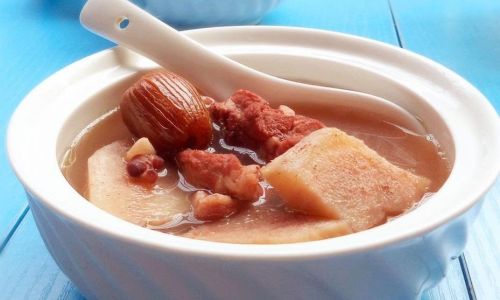
For a richer broth, use bones with more marrow, such as shank or oxtail. For a lighter version, opt for chicken wings or feet.
-
Storage:
Cool the soup completely before refrigerating in airtight containers. It keeps for 3–4 days. Reheat gently to avoid curdling the collagen.
Health Benefits: More Than Just Comfort Food
Chenpi Pueraria Bone Soup is celebrated not only for its taste but also for its holistic health benefits:
-
Digestive Aid:
Chenpi’s essential oils stimulate bile production, aiding fat digestion and reducing bloating.
-
Joint and Skin Health:
Bone broth’s collagen and gelatin support cartilage repair and skin elasticity.
-
Hydration and Electrolyte Balance:
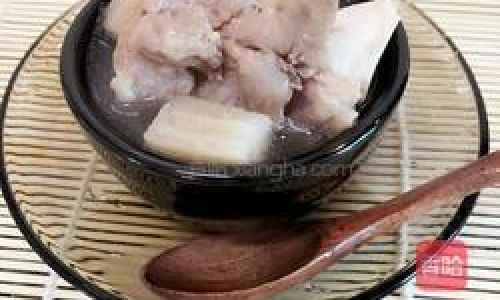
Pueraria root’s natural sugars and minerals (potassium, magnesium) replenish electrolytes, making this soup ideal for recovery from illness or exercise.
-
Anti-Inflammatory Properties:
Ginger and white pepper contain antioxidants that combat inflammation, benefiting those with arthritis or chronic pain.
Variations and Customizations
-
Vegetarian Adaptation:
Substitute bones with mushrooms (shiitake, king oyster) and kombu for umami. Add tofu cubes for protein.
-
Herbal Boost:
Include 5–6 wolfberries (gouqi) or 3–4 red dates (hongzao) during the last hour of cooking for added sweetness and immune support.
-
Spicy Kick:
Serve with a side of chili oil or fresh bird’s eye chilies for those who enjoy heat.
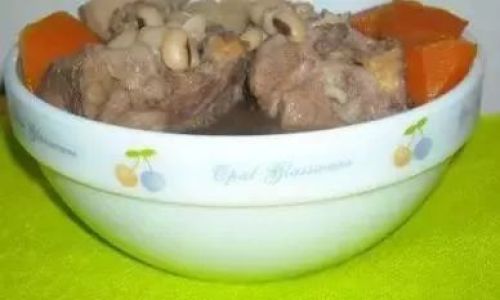
-
Thickening the Broth:
For a gravy-like consistency, mash a small portion of pueraria root against the pot’s side during the final 30 minutes.
Serving Suggestions: From Family Dinners to Solo Meals
- Family Style: Ladle the soup into a communal bowl and pair with steamed jasmine rice, stir-fried greens, and a plate of pickled vegetables.
- Quick Lunch: Enjoy a bowl on its own, garnished with a soft-boiled egg and a sprinkle of sesame seeds.
- Post-Illness Recovery: Serve in smaller portions with congee (rice porridge) to soothe the throat and restore energy.
Cultural Significance: A Bowl of Tradition
In Chinese households, Chenpi Pueraria Bone Soup is more than a meal—it’s a gesture of care. Often simmered by grandmothers and mothers, this soup is offered to loved ones recovering from illness, enduring stress, or simply in need of comfort. The act of preparing it reflects patience and love, as the slow cooking process mirrors the gradual nurturing of relationships.
Conclusion: Embrace the Art of Slow Cooking
Chenpi Pueraria Bone Soup is a testament to the beauty of simplicity and the power of time-honored traditions. While modern life rushes forward, this recipe invites us to slow down, savor each step, and connect with the wisdom of generations past. Whether you seek digestive relief, joint support, or a taste of home, this soup delivers—one spoonful at a time.
So, gather your ingredients, set aside an afternoon, and let the aroma of chenpi and pueraria fill your kitchen. Your body and soul will thank you.
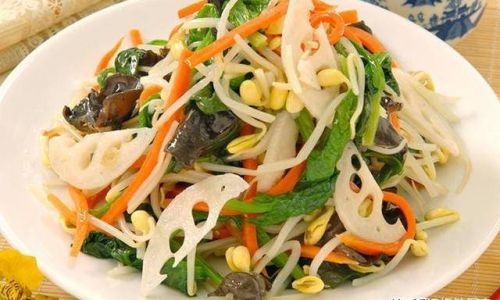
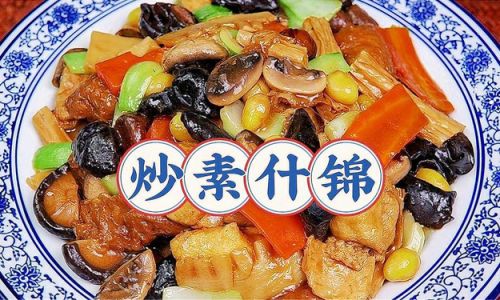
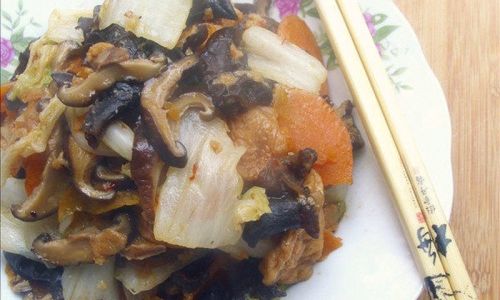
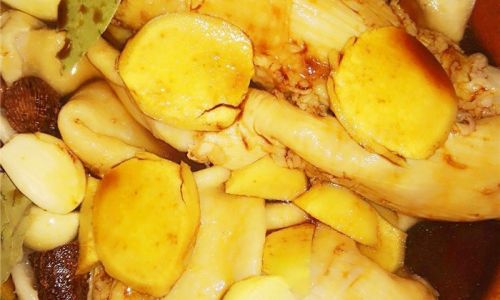
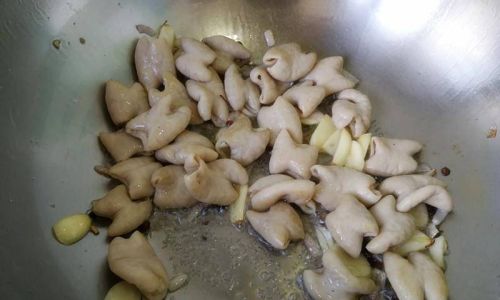
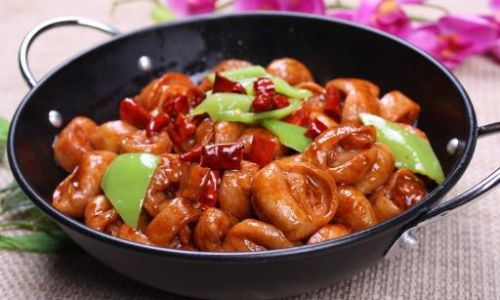
0 comments